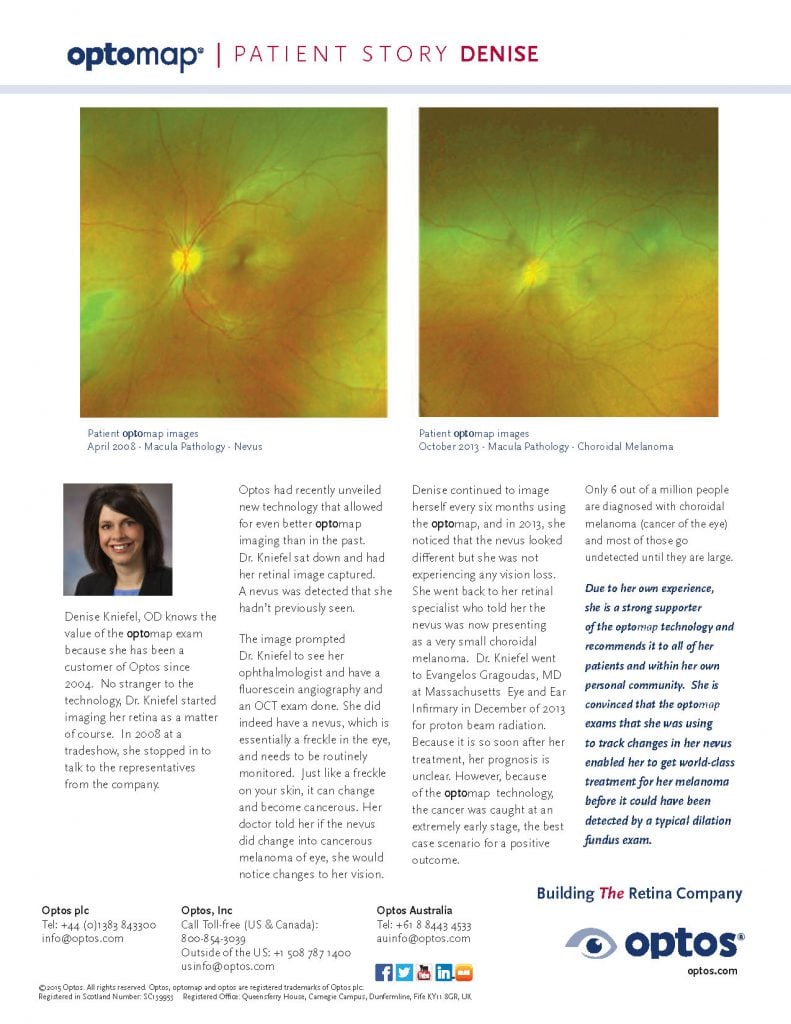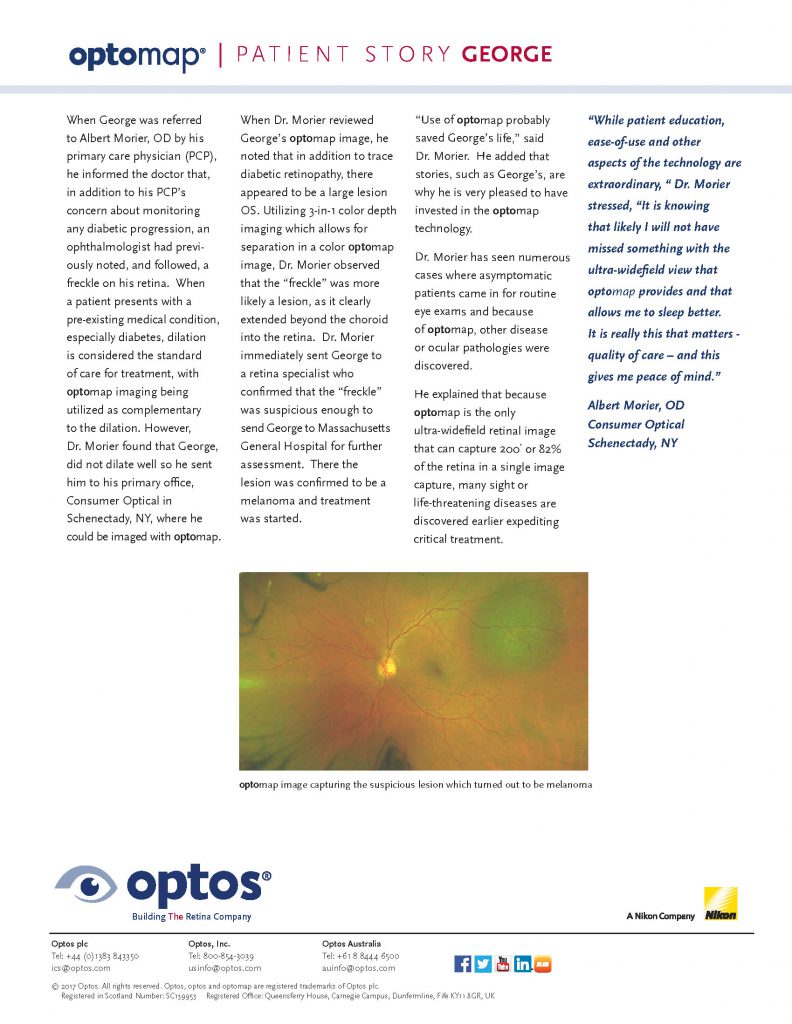Ultraviolet Awareness Month is sponsored by Prevent Blindness America to increase awareness of how UV rays can damage your eyes, increase your risk of cataracts and cancers of the eye especially in high-risk patients. UV protection with sunglasses is recommended in everyone, not only those that work outside, and can be preventative.
As summer draws near north of the equator, many people long for the warmth of the sun after a long winter (at least in New England!) and plan for the outdoor activities we love. Unfortunately, the impacts of all that fun-in-the-sun on the eyes must be kept in mind. Most people do not realize that 20% of all cataracts are the result of UV ray exposure, and that number has been dramatically increasing in recent years.
But what is this invisible threat exactly? And how does it impact us? Ultraviolet radiation is measured in nanometers (nm). It is categorized in three basic terms and classified by the strength of the UV ray:
- UVC: These rays are below 280 nm. The upper atmosphere absorbs these, so they do not reach us, therefore protection from these rays is not overly necessary.
- UVB: These are between 315 – 380 nm. These manage to make it to the earth’s surface and are notorious for damaging sight. They can cause snow blindness but are notably responsible for sunburn and several types of skin cancer. Research has shown that these rays are strongest during the summer and at higher altitudes.
- UVA: These are the most dangerous being 315 – 380 nm. They are known for causing chronic eye damage. Studies have indicated that these rays get absorbed by the lenses of our eyes leading to damage of the retina. They contribute to the occurrence of cataracts, are also a major cause of aging and unfortunately can pass through clouds, glass, water and clothing.
What are the risks for prolonged UV exposure?
Prolonged UV exposure has numerous immediate and deleterious negative impacts. Many skin cancers can occur on the eyelids and external features of the eye. Additionally, while ocular melanoma is rare, it is the most common eye cancer in adults. Melanoma is an aggressive cancer that forms in the cells responsible for skin pigmentation through the production of melanin. Since your eyes also have melanin-producing cells, melanoma tumors can form in various parts of your eye. Although the choroid layer is the likely site for ocular melanoma, the conjunctiva ciliary body, the iris, orbit and eyelid are other parts of the eye that may also be affected. While an exact cause of melanoma is unknown, sources describe ocular melanoma as a DNA error that prevents cells from shedding in their typical life cycle. Cells grow uncontrollably and mutated cells accumulate rather than dying off and form melanoma. Despite the notion that it caused by a problem with DNA, there are risk factors that may increase the odds of contracting the disease such as sun exposure, eye color, skin conditions related to pigmentation or excessive mole growth and Caucasians tend to be more susceptible.
Because of the increasing number of UV related cataracts and eye cancers; Prevent Blindness, and many other organizations, strongly recommend that everyone utilize UV Protection eyewear, not only those who engage in outdoor disciplines and recreation. It is recommended that sunglasses and UV treated daily wear should be 100% UV absorbing for UVA and UVB light.
Caught up in the activities and outdoor fun, we often overlook the simple proactive measures that we can take to protect against vision loss and UV related eye damage and even life-threatening ocular cancers. In addition to taking a few extra moments to protect yourself and your loved ones from the sun, it is imperative that we take the time for annual eye exams.
An optomap screening is an excellent, expedient way to get a comprehensive view of the retina and to gain essential information about ones ocular health. optomap is the only proven, clinically-validated, ultra-widefield retinal image that can capture 82% or 200⁰ of the retina, which can reveal incredibly subtle changes from the central pole to the far periphery of the retina in a single capture – and in a fraction of a second – so you can get out and enjoy that summer sun.

